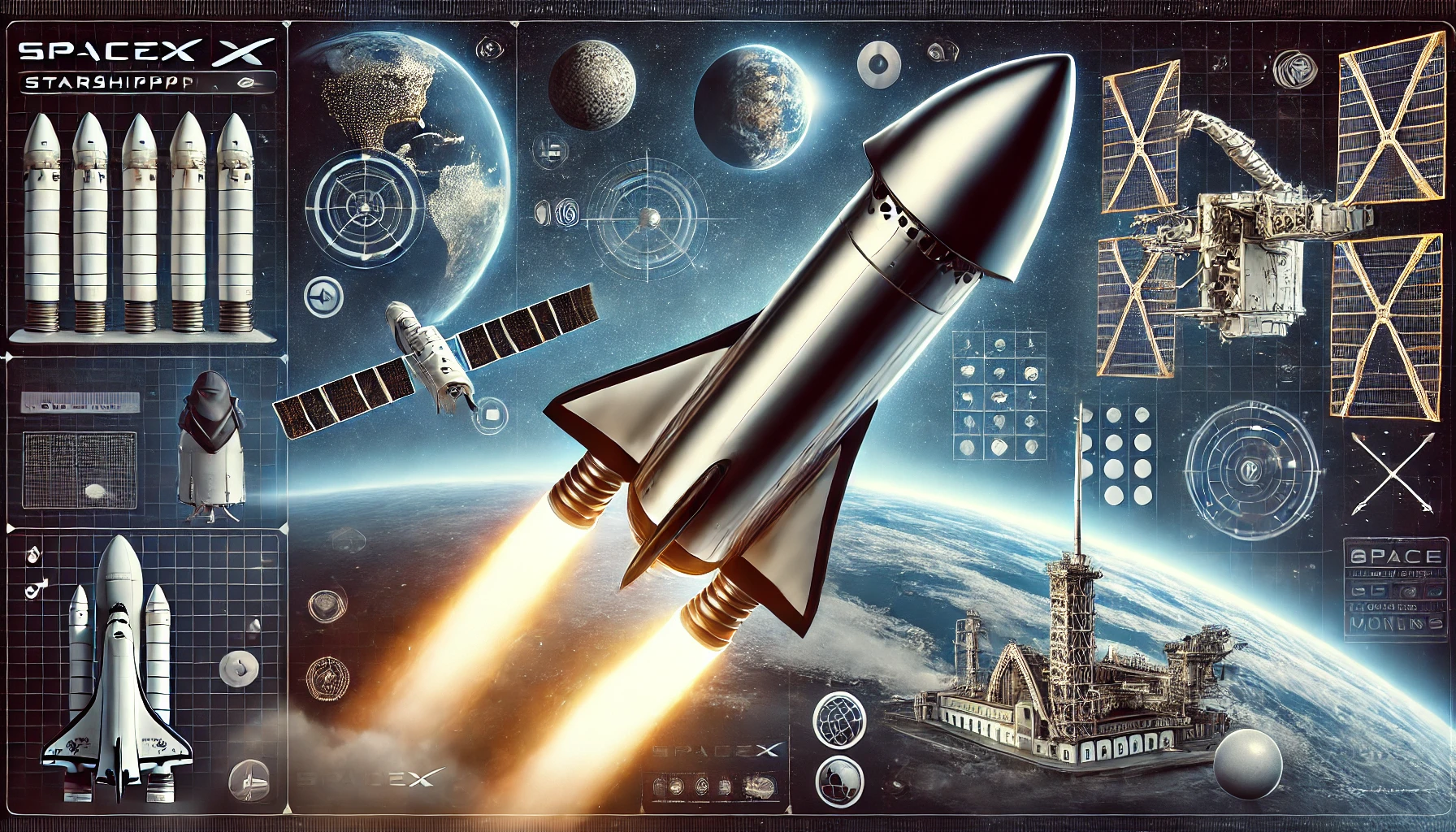Quantum Leap: How SpaceX’s Starship is Slashing the Costs of Space Travel

Introduction: Starship’s Game-Changing Role
Space travel used to be the stuff of billion-dollar budgets, but SpaceX’s Starship is taking a giant leap toward making space exploration more affordable. With its towering stainless-steel structure and cutting-edge technologies, Starship is poised to revolutionize how we access space, and at a fraction of the cost of previous methods. It’s not just a spaceship—it’s a whole new chapter in space economics.
The Tech Behind Starship: A Marvel of Engineering
So, what makes Starship so special? First off, it’s reusable. That’s right—while traditional rockets burn up after one use, Starship is designed to fly again and again, like a cosmic shuttle bus. This alone slashes costs by orders of magnitude. It’s powered by Raptor engines, fueled by methane, which is cheaper and more efficient than the propellants used in most space vehicles. Add to that its sheer size, capable of carrying up to 100 metric tons to low Earth orbit. Suddenly, we're talking about launching not just satellites, but entire colonies.
Commercial Potential: More Than Just a Rocket
Starship isn’t just a scientific marvel. It’s also a commercial dream come true. Imagine a future where companies can regularly send payloads into space for a fraction of today’s cost. We're talking about more frequent satellite deployments, tourism in space hotels, and even asteroid mining. SpaceX's Starship could turn space into the next economic frontier, making it accessible not just for governments, but for private enterprises and entrepreneurs looking to expand their ventures beyond Earth.
Lowering the Cost of Exploration: The Real Impact
One of the biggest promises of Starship is its potential to dramatically reduce the cost of space exploration. NASA and other agencies have already shown interest in using Starship for missions to the Moon and Mars. In fact, NASA awarded SpaceX a contract to develop a version of Starship for its Artemis missions, which aim to return humans to the lunar surface. By slashing the costs of getting to space, Starship opens the door for more frequent missions and even extended stays on other planets. Want to live on Mars? Thanks to Starship, that dream might not be so far-fetched after all.
A Brighter Future for Space Ventures
From space tourism to interplanetary missions, the possibilities are endless. Starship’s capabilities could pave the way for asteroid mining, which might sound like sci-fi but is closer to reality than ever before. SpaceX has hinted at using Starship for crewed missions to Mars, making it not just a rocket, but a stepping stone to human life beyond Earth. Investors are already pouring billions into space startups, and Starship could make these investments pay off in a big way.
The Challenges Ahead: Not All Smooth Sailing
Of course, it’s not all sunshine and zero gravity. Starship is still in its testing phase, and while the potential is enormous, so are the challenges. Early test flights have shown that landing a massive rocket back on Earth isn’t easy—especially when it’s designed to be reused. But if SpaceX has proven anything, it’s that they learn from every setback. Each test failure brings them one step closer to making reusable spaceflight a reality. The journey isn’t without its bumps, but the destination is worth it.
Conclusion: Is Starship the Future of Space Travel?
SpaceX’s Starship is redefining what’s possible in space travel. It promises to make space more accessible, not just for governments but for private companies and, eventually, individuals. Whether it’s setting up colonies on Mars or launching the next generation of space tourism, Starship is poised to play a pivotal role in shaping our future in space. So, what do you think—are we on the verge of a new space age, with Starship leading the charge?



